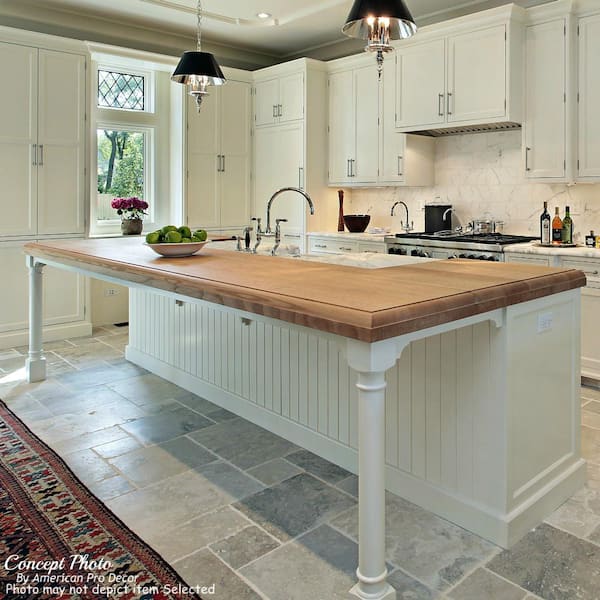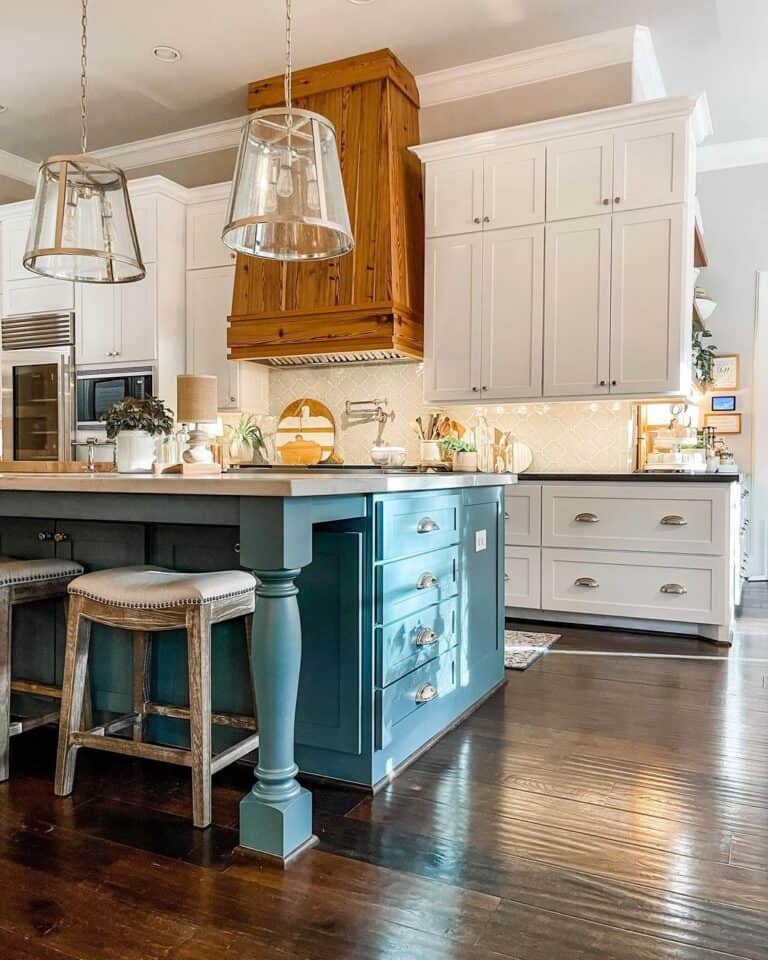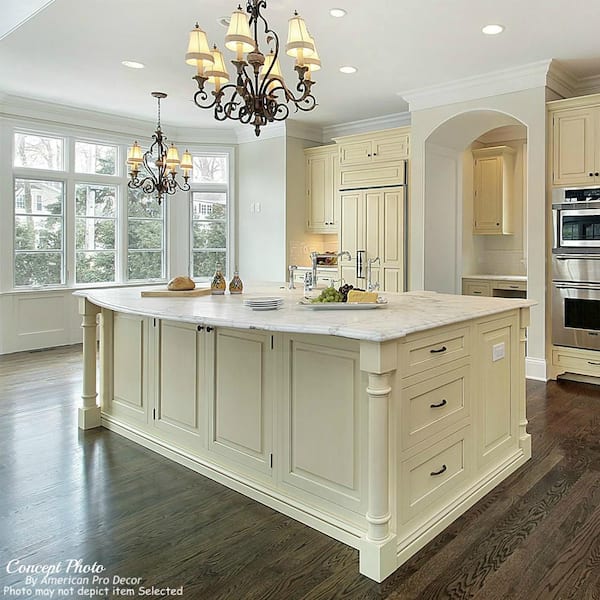One-of-a-kind Kitchen Island Legs for a Personalized Kitchen Look
One-of-a-kind Kitchen Island Legs for a Personalized Kitchen Look
Blog Article
Necessary Tips for Picking the Perfect Table for Your Kitchen Area
Selecting the ideal dining table for your kitchen area is even more than simply an issue of preference; it requires a complete understanding of your area and requirements. The form of the table plays a pivotal function; while rectangular tables suit bigger areas, round ones foster affection, and extendable options offer versatility. The table should balance with your kitchen's aesthetics and fit your family conveniently.
Procedure Your Area
Selecting the excellent eating table starts with a thorough analysis of your offered room. This fundamental action ensures that the table not just fits pleasantly within the space but additionally matches the general layout and performance of your dining area. Begin by gauging the measurements of the room, considering doorways, home windows, and any kind of existing furniture. This will help you figure out the optimum allowed dimension for your eating table.
It is essential to leave ample room for chairs to be pulled out and for people to relocate around the table without obstruction. A general regulation of thumb is to permit at least 36 inches of clearance from the edge of the table to the local wall surface or piece of furnishings.
Additionally, think regarding the number of individuals you generally delight and whether you require additional space for visitors. Opting for an extendable table can supply flexibility, permitting you to accommodate differing varieties of diners. By properly measuring your room, you lay the groundwork for choosing a table that improves both the aesthetic appeals and capability of your dining location.
Choose the Right Forming

On the other hand, round tables are exceptional for smaller sized kitchen areas or intimate celebrations, as they promote discussion by allowing everybody to face each other. They likewise provide a feeling of comfort and can fit well in tighter spaces because of their absence of sharp edges. Oval tables use the very best of both globes, combining the length of rectangle-shaped tables with the intimacy of rounded ones, making them functional for various settings.
Square tables are an additional alternative, specifically matched for square-shaped rooms. They create a symmetrical and modern appearance, cultivating an equivalent eating experience for all seated.
Material Considerations
When picking a dining table, material factors to consider are vital in identifying the table's resilience, maintenance demands, and general aesthetic. Timber is a traditional selection, using timeless allure and toughness.
Glass-topped tables give a contemporary, sleek appearance and can make a room show up larger as a result of their transparency. They call for frequent cleaning to protect against smudges and fingerprints. In addition, tempered glass is advised for its added stamina and safety and security.

Lastly, composite materials like MDF (Medium-Density Fiber board) or plywood are economical choices. These products can imitate the appearance of strong timber however may not offer the same long life. They are typically much easier to clean however can be susceptible to water damages otherwise properly secured.
Ultimately, the choice of product need to line up with your cooking area's style, your lifestyle requires, and your budget informative post restrictions. (kitchen island legs)
Seating Capability and Comfort
Just how do you identify the appropriate seating ability and comfort for your table? This important action includes analyzing both the physical space offered in your kitchen and your family's functional requirements. Begin by gauging your kitchen area to make sure the table fits conveniently, permitting at least 36 inches of clearance around it for very easy movement. Think about the variety of individuals that typically eat with each other, as this will certainly affect the table size. For a family members of four, read this post here a rectangular table of 48 inches long or a round table with a 48-inch size is generally sufficient.
Convenience is just as important. The elevation of the table need to preferably be around 30 inches, providing a balanced ergonomic stance for seated diners. Chairs must sit elevation of 18 to 20 inches to ensure a comfortable dining position. Furthermore, take into consideration the chair design; upholstered seats and helpful back-rests can boost eating convenience significantly, especially during prolonged meals.
Style and Looks
Picking a table that fits your style and aesthetic appeal entails stabilizing individual taste with the existing design of your dining space. The eating table is often the focal point of the cooking area, and its layout needs to enhance the total style of the room. Whether your kitchen flaunts a modern-day, minimal appearance or a rustic, farmhouse appeal, the table you pick need to integrate with these components to create a natural and welcoming ambience.
Take into consideration materials thoroughly; timber provides an ageless allure and can vary from rich mahogany for a traditional aim to lighter oak for a modern feeling. Metal and glass tables, on the various other hand, can introduce a smooth, industrial edge to your kitchen area. Do not neglect the table's form-- rectangle-shaped tables are traditional and hop over to these guys functional, while round and oval options can cultivate a much more intimate eating experience.
Furthermore, pay attention to information and finishes. A troubled surface might add character and heat, whereas a glossy surface area can contribute to a tidy, modern visual. Ultimately, your table should not just fit flawlessly into your kitchen area's design however additionally show your individual style, raising the room both functionally and visually.
Verdict
In verdict, selecting the excellent dining table for a cooking area necessitates cautious analysis of space, shape, product, seating ability, and aesthetic harmony. Making certain a minimum clearance of 36 inches assists in comfy movement, while the option of form enhances spatial dynamics. Product option impacts sturdiness and layout, making it crucial to line up with the kitchen area's total visual. Ultimately, a well-chosen table cultivates an inviting atmosphere and fits the family pleasantly, thus improving the eating experience.

When selecting an eating table, material considerations are vital in determining the table's toughness, upkeep requirements, and total aesthetic. For a family of four, a rectangle-shaped table of 48 inches long or a round table with a 48-inch size is usually adequate.
Don't overlook the table's shape-- rectangular tables are traditional and functional, while round and oval options can promote a much more intimate eating experience. kitchen island legs.
Report this page